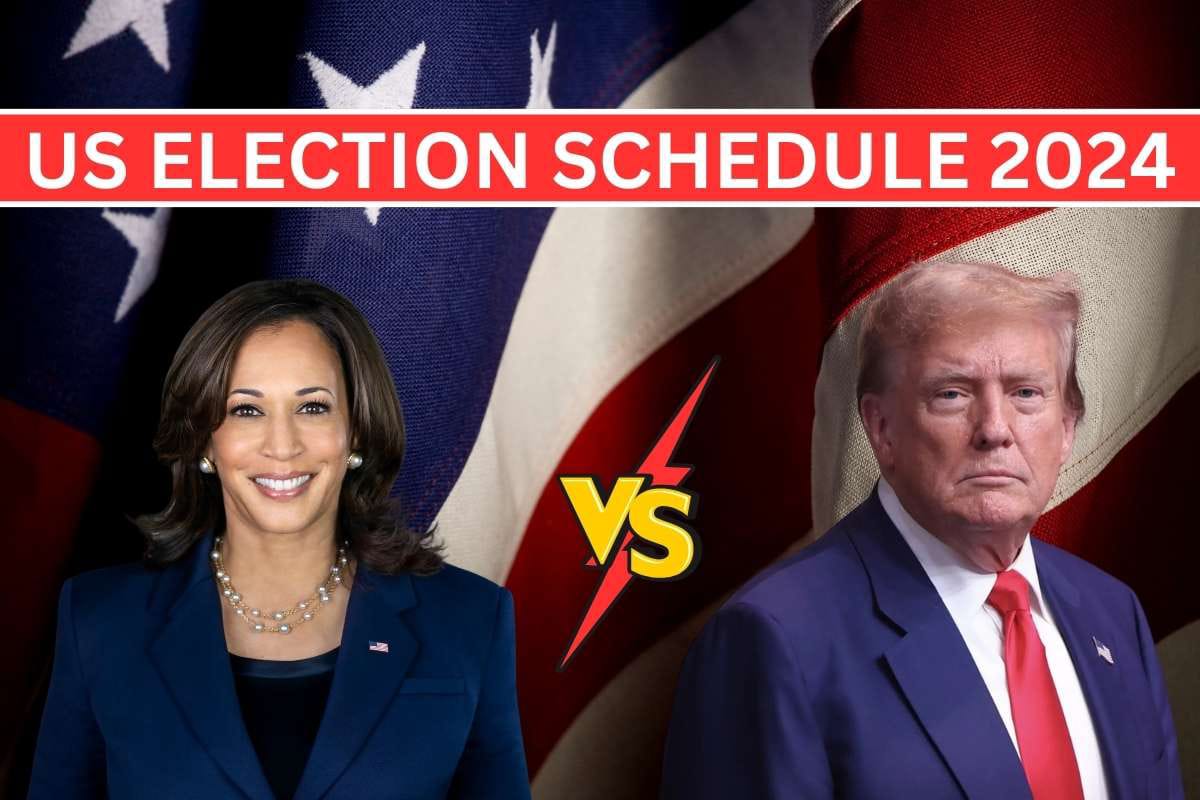The U.S. election process might seem complex, but it follows a structured system that ensures every eligible citizen has a voice in choosing leaders. Let’s break down the basics of how it all works.
who win this election.?
1. Who Votes:-
To participate in U.S. elections, you must:
Be a U.S. citizen
Be at least 18 years old
Register to vote in your state
Each state has its own registration rules, so it’s essential to know the process in your area.
2. What Positions Are Voted On:-
In the U.S., voters choose leaders at three main levels:
Local (mayors, city councils)
State (governors, state legislators)
Federal (Congress and the President)
Presidential elections happen every four years, while Congressional elections happen every two years. Local and state elections vary depending on the state.
3. Types of Elections:-
There are two primary types of U.S. elections:
Primary Elections: Held within political parties (like Democratic or Republican) to select each party’s candidate for the general election. Primaries can be either open (any registered voter can participate) or closed (only registered party members can vote).
General Elections: These decide the final winner for each position. The general election for the president happens every four years, on the first Tuesday in November.
4. The Electoral College in Presidential Elections:-
The U.S. doesn’t directly elect the president through a popular vote. Instead, he use college system.
Each state has a certain number of electors, roughly based on its population. States like California and Texas have many electors, while smaller states like Vermont and Wyoming have only a few.
When citizens cast their vote for a presidential candidate, they are, in reality, selecting a group of electors who are committed to supporting that candidate.
The candidate who wins the majority of votes in a state usually receives all of that state’s electors. 270 votes are required to win president.
5. How Do Congressional Elections Work:-
The U.S. Congress has two parts:
The House of Representatives: Members serve two-year terms. The number based on its population.
The Senate: Each state has two senators, regardless of population, who serve six-year terms. Senate elections are staggered, with about one-third of the seats up for election every two years.
6. Voting Options:-
In most places, you can vote in different ways:
In-Person Voting: Traditional method, where you go to a polling place.
Early Voting: Many states allow voting a few days or weeks before Election Day.
Mail-In or Absentee Voting: Available for those who cannot vote in person, such as people living overseas, military personnel, or those with health conditions.
7. What Happens on Election Day:-
Election Day takes place on the first Tuesday in November. People across the country cast their votes, and results are typically announced later that night or in the following days, depending on the speed of vote counting.
8. Inauguration Day:-
For presidential elections, the winner is sworn into office on January 20th the year after the election, marking the start of their four-year term.
This system may seem complex, but it’s designed to balance the voices of individuals, states, and the nation. With millions of voters participating, the process represents one of the world’s largest democratic systems.

